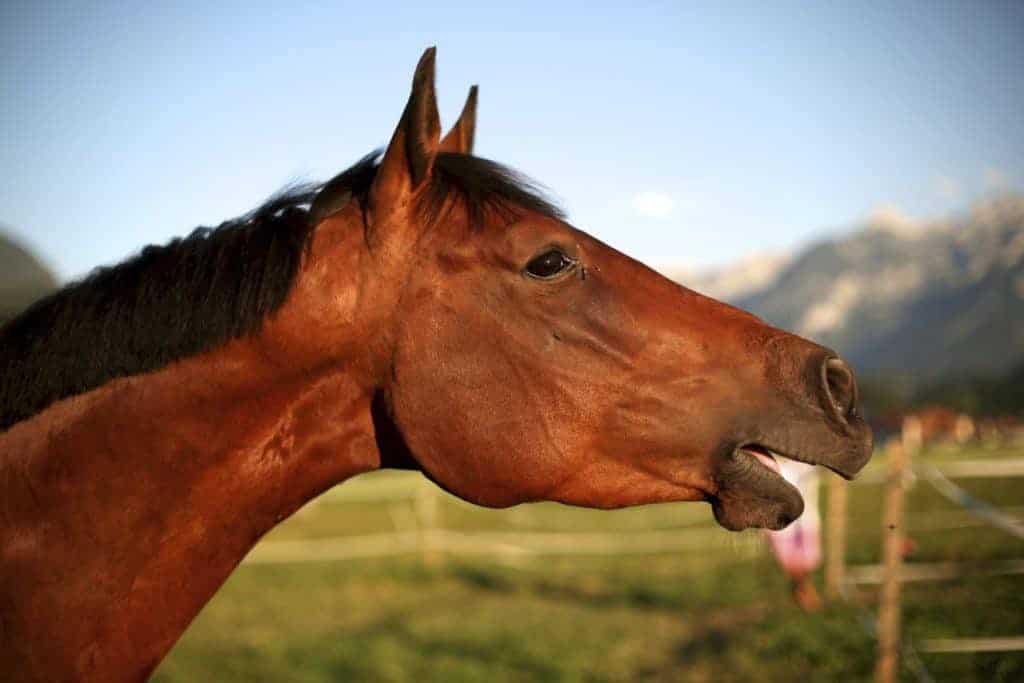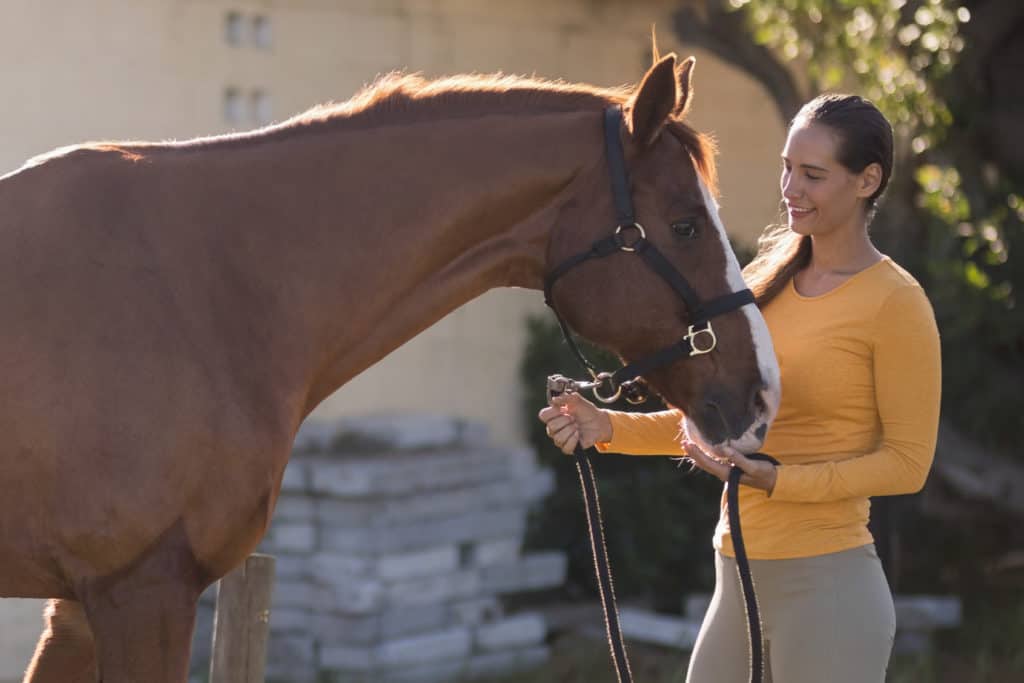
Why Do Horses Nicker?
Dr. Nancy Diehl explains what we know—and don’t know—about a horse’s nicker.

Dr. Nancy Diehl explains what we know—and don’t know—about a horse’s nicker.

Do you scold your horses for door-kicking and pawing if you’re late to feed? Then you might not fully recognize the welfare implications of off-schedule feeding.

Many adopters of BLM Mustangs relayed they had a “strong, trusting bond” with their horses, and the animals fulfilled their expectations.

While adding up to 25% more rider weight didn’t negatively affect the horses in this study, researchers cautioned that it could in the long run.

Find out about equine sleep patterns from an equine behavior expert, and learn how to tell if the amount of time your horse spends lying down is normal.

A group of Welsh mares with limited past human interactions exhibited signs of stress and relaxation in response to respective “angry” and “joyful” human facial expressions and sounds.

Ready to ride more? Do you want to improve your horse’s health? Find out how to make your resolutions stick.

Species and individuals differ in their genetic potential for quick and coordinated movement. How do horses compare to humans?

Researchers looked at donkeys’ unique hoof care needs. Here’s what they recommend.

Smartphones and social media make sharing negative moments with horses—in context or not—easy. How the general public responds can have a lasting impact on the equine industry.

Not sure what to get your horse? Consider an enrichment toy or activity!

While we might enjoy sneaking our horses peppermints and other sweet treats, we need to understand how it can reinforce good or bad behavior and how it fits into your horse’s dietary scheme.

Why might our horses drink from an ice cold creek or tank rather than from the heated water buckets? Equine behaviorist Dr. Sue McDonnell explains.

Nearly all organisms, including horses, adapt their lifestyles to the timing of sunrise and sunset. From breeding to performance to haircoats—understanding how horses respond to light can help you manage them accordingly.

Do you have a young horse in your life? Learn about young horse growth, development, exercise, and nutrition during this Q&A.

Biting is a sign of stress in foals. In this study, foals less than 8 weeks old that didn’t have training breaks bit their handlers more frequently than ones that got days off between training sessions.
Stay on top of the most recent Horse Health news with
"*" indicates required fields